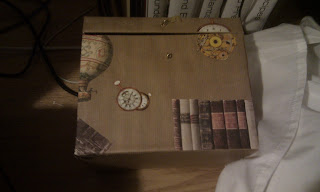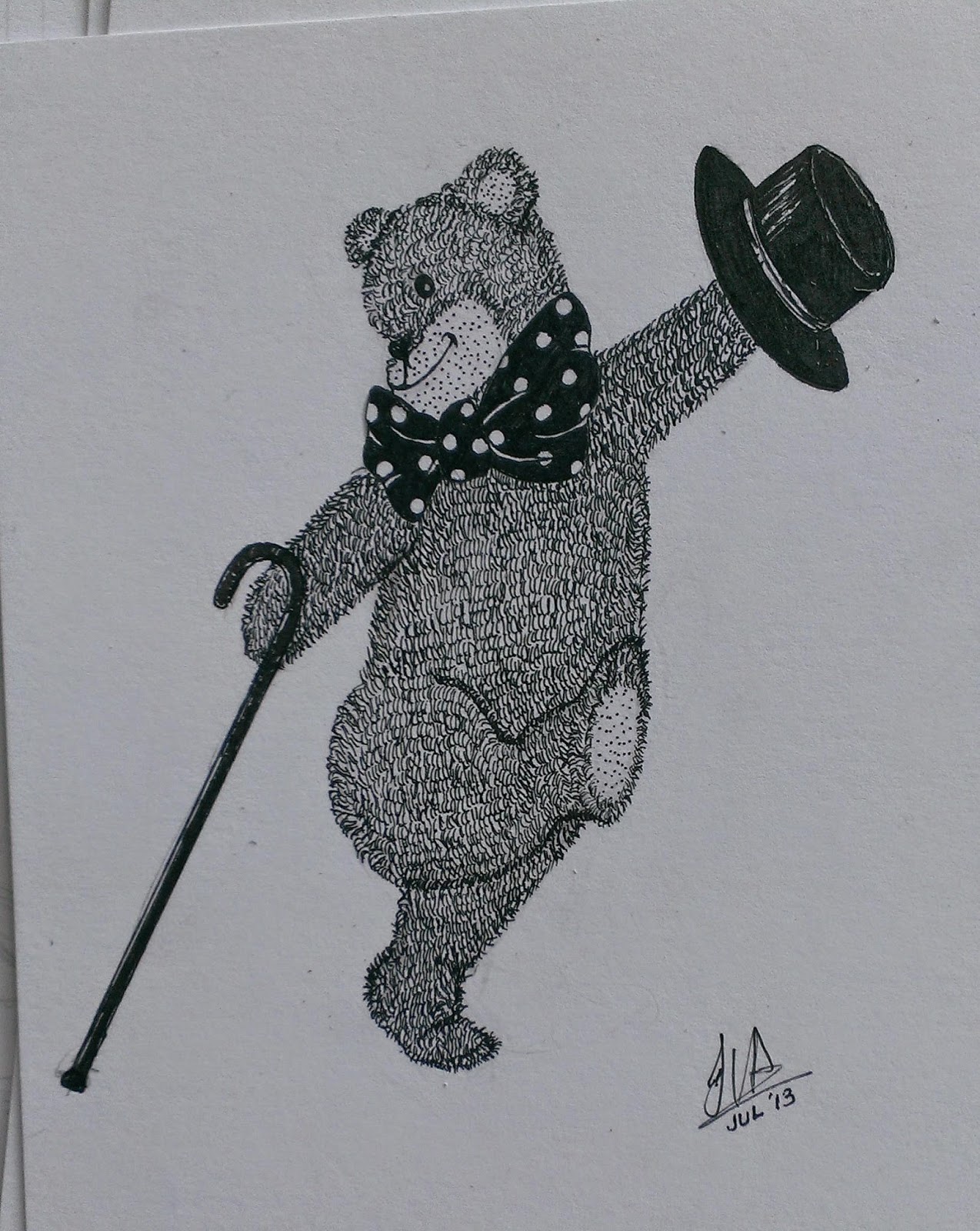 |
| Laceboat |
I usually make the sails out of paper. This was the first one to have sails made of cloth instead of construction paper.
 |
| Paperboat (without base) |
As much as I liked the clean cut shape of the paper, I think lace really adds a delicate touch to the thing. I wanted delicate. It's a present for my neighbour, a very nice lady. If it was for my tomboy self I'd take the simple paper sail.
I love making these because they use scrap everything. Scrap paper/cloth/lace, a couple of toothpicks, a small piece of thread, and the clincher: half a pistachio shell. I'm not into saving the environment and all that, but this is ideal for one of those upcycling projects.
Anyway, enough rambling. It's easy to make, and fast too, if you have patience and steady fingers.
Here's what you need (not everything is pictured here) :
- superglue
- a couple of wooden toothpicks or a skewer
- thread
- cloth (I used lace. You can also get out the light-coloured construction paper)
- scissors
- half a pistachio shell (yes, I have a collection of these)
- craft blade
- blu-tac (optional)
Choose the shell
Test 1
Choose a shell which will stand on its own. I mean, it needs to stand upright, like a boat, on a flat surface, without falling over.
Test 2
Then, check if it floats on water like this:
__ \___/__
I haven't had one that sinks yet, but it'd be cool if you can find one that doesn't slump down and thus looks more like this:
___ ___
\___/
By the powers of surface tension, the water wouldn't spill into it. But it was rather sunken, and if you're anal about that then make sure you choose the right shell before you start gluing.
Build the inside
Google Image "sailboat". No, seriously.
Choose one or two pictures to base yours on.
Look at your shell. One side is likely narrower than the other and pointed at the end, just like the sailboats in the pictures.
Keep this in mind when you're gluing things together.
Cut the toothpicks to size for the masts. Remember to add a little more length than the proportions seen in an image, since part of it will be hidden inside the shell. You may want one or two masts depending on your chosen picture. One mast is pictured in the paperboat. Two in the lace. Construction paper will stand up on its own and you won't need more than one mast. Lace (or other cloth) may require two masts to keep its shape.
Aside from the mast, when using lace especially it may be necessary to have a stick that lies horizontally. In sailing it's called a boom. That will help keep your lace spread flat instead of rolling up.
 |
| Highlighted: horizontal bars (booms) |
Once your masts and booms are cut to size, take your craft knife and saw ridges into the ends.
Sawing too deep risks splitting the wood too much. It should be split just enough to catch the end of the thread. As you can see I have done that with a boom and a mast, and the thread is nicely wedged in there.
Now you can superglue your sticks together in the right arrangement. You may or may not want to do this including the shell. It depends on whether you have booms, because if so, they'll have to lie properly against the edge of the shell in the right direction.
Once you have your wonky wooden cross, it's time to take the lace or construction paper and cut it to size.
You won't struggle too much with construction paper. Basically you need two right angled triangles, one small and one slightly bigger. Perhaps you want to add a concave curve to the hypotenuse as I did, just to make it look more like a sail.
Lace takes a little extra care. First, hold it out and have a look at it.
 |
Using your scissors, cut the sail to shape with the help of the pattern. Try to go with the existing pattern, remembering that ends can be annoying and you don't want your sails to fray quickly. This is a concern for the hypotenuse only, since the other two sides will be glued down to the sticks.
Superglue the two triangles to your masts and booms. I like to glue one on either side, that way the boat doesn't seem to have a "front" and "back".
Cut a little piece of thread and catch one end in the nook of the mast, and the other in the nook of the boom. Put a drop of superglue on the joint if you're worried the nooks will not hold the thread on their own.
Finally:
If you have been working on the inside all this time, it's now time to stick your base to the rest of it. Put a few drops of superglue into your shell and hold the end of the mast against it at the proper angle. If it's not drying, some blu-tac may help. Ball up a little bit of it and stick it on the end of your mast before pressing the mast down into the base.
Then take your craft knife and use it to press the blu-tac ball down against the base, right around the mast so that it's founded firmly into the base.
Blu-tac is flexible and you don't want your mast to wobble. Once you're sure the mast is sticking straight up from out of the shell, add a couple of drops of superglue onto the blu-tac to fix it in place.
The stuff you add after checking the shell doesn't add anything noticeable to its weight in terms of balance on a flat surface or in water, so your tests should still turn out positive results. If for some reason it won't stand straight, put some glue on the bottom of the shell and stick it in a diorama, or suspend it by a thread.
They make excellent gifts, and can be personalised with a little imagination. An initial painted on the sail or on the shell with a thin brush, for example. You can also paint the entire thing... I just like the natural colours of the wood and the shell.
Enjoy and stay creative!




























